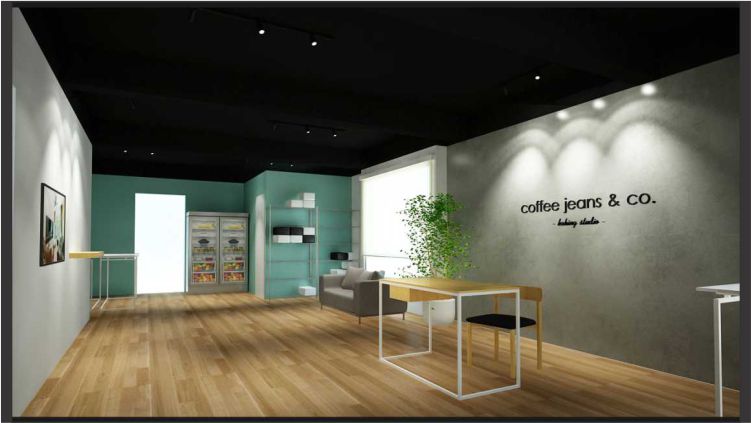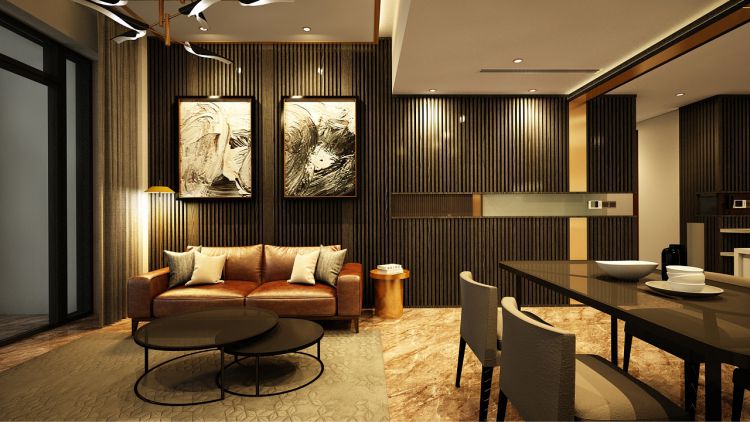The fusion of artificial intelligence (AI) and interior design has sparked a dynamic debate within the industry. On one side, there’s the undeniable allure of AI’s technological prowess, promising efficiency, cost-effectiveness, and convenience. On the other, the human touch of an experienced interior designer, with their creativity and intuition, remains invaluable. In this article, we’ll delve into the clash of AI and interior designers, exploring the strengths, weaknesses, and potential synergies of these two forces shaping the future of interior design.
AI’s Advantages in Interior Design:
-
Data-Driven Insights:
AI can analyze vast datasets to decipher trends in interior design, helping professionals stay updated with the latest styles, materials, and color palettes. This data-driven approach can guide designers in making informed choices for their projects.
-
Virtual Reality and 3D Modeling:
AI-driven virtual reality and 3D modeling tools enable designers to create immersive, lifelike visualizations of interior spaces, providing clients with a better understanding of the final outcome before any physical work begins.
-
Automated Recommendations:
AI algorithms can suggest furniture arrangements, color schemes, and decor options based on a client’s preferences and the specific characteristics of the space. This accelerates the design process and reduces decision-making stress.
-
Cost Estimations:
AI can generate precise cost estimates by analyzing the prices of materials, labor, and other expenses in real-time. This helps clients manage their budgets effectively.

Challenges and Limitations of AI:
-
Lack of Creativity:
While AI can analyze data and make recommendations, it often lacks the creativity and innovation that human designers bring to a project. The human touch is essential for crafting unique, emotionally resonant designs.
-
Personalization:
AI’s recommendations are based on data, which may not fully capture a client’s unique personality and preferences. Interior designers excel at crafting personalized spaces that reflect their clients’ individuality.
-
Complex Projects:
Complex interior design projects often involve intricate details, spatial considerations, and custom solutions. AI may struggle to handle the multifaceted nature of such projects.
-
The Synergy of AI and Interior Designers:
Rather than an adversarial relationship, many in the industry are advocating for a collaborative one. AI can serve as a powerful tool for interior designers, enhancing their capabilities:
-
Time and Efficiency:
AI can handle time-consuming tasks like data analysis and cost estimation, freeing up designers to focus on the creative aspects of their work.
-
Inspiration and Assistance:
Interior designers can use AI as a source of inspiration and a tool for generating design options. AI can help designers explore new ideas and streamline the design process.
-
Personalization:
AI can assist designers in creating personalized recommendations for clients by providing insights and data-driven suggestions.
Conclusion:
The future of interior design is not a battle between AI and interior designers but a collaboration that leverages the strengths of both. AI’s analytical and data-driven capabilities complement the creative intuition of human designers. By working together, they can create spaces that are not only aesthetically pleasing but also functional, personalized, and efficient. The evolving relationship between AI and interior designers is not about replacing one with the other but about redefining the art of interior design for a technologically advanced world.






